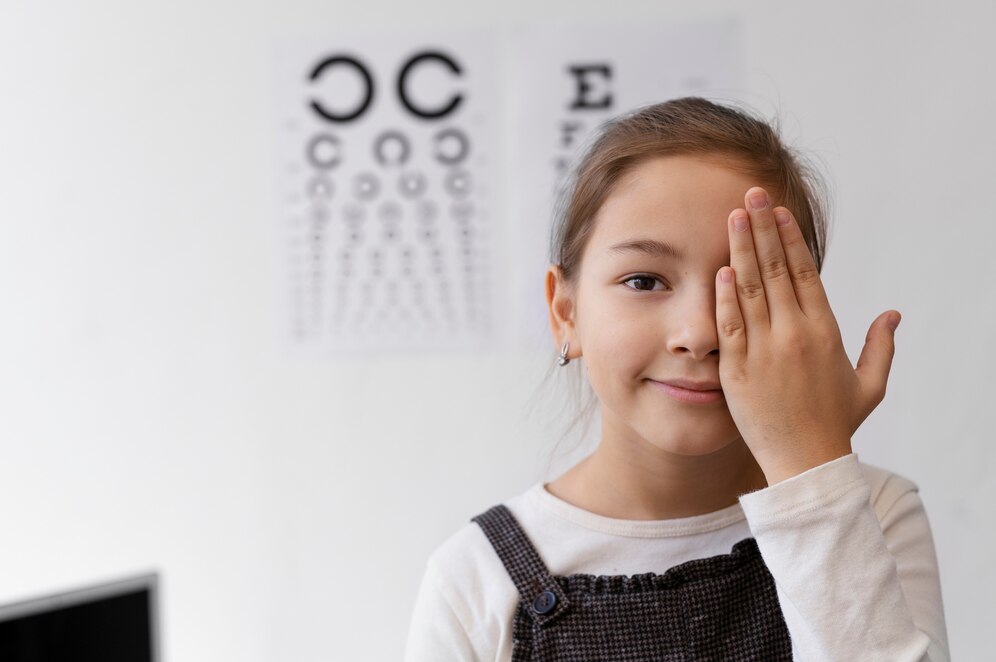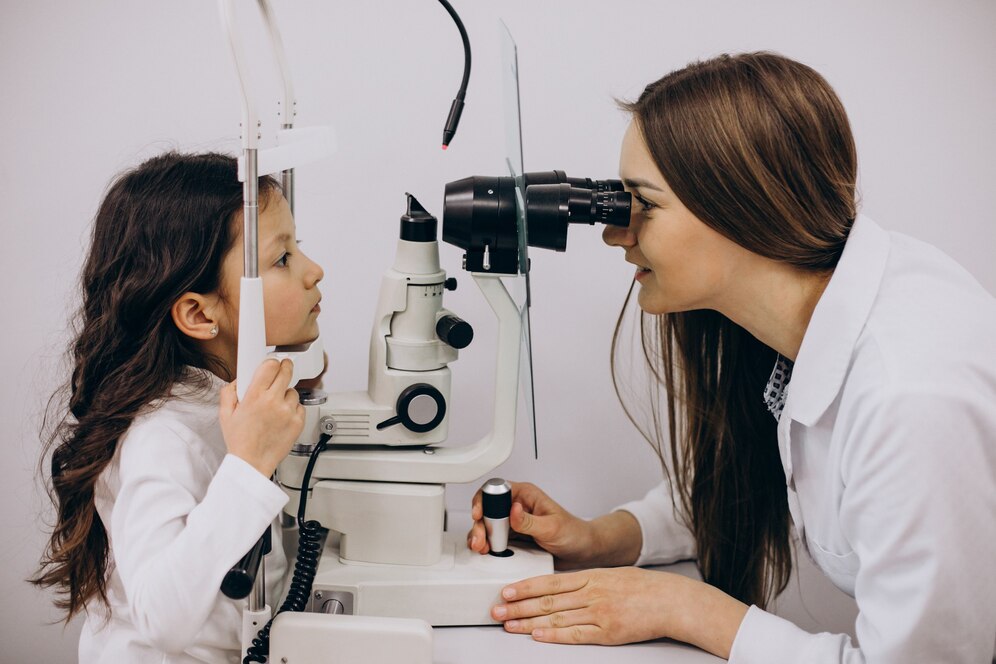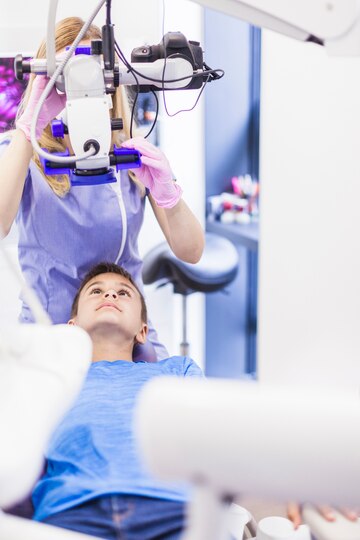What are common eye conditions in children and what are the treatments available?
Refractive errors
Refractive errors i.e. astigmatism, near-sightedness (myopia) and farsightedness (hyperopia) are the most common eye problems in children and are most often caused by abnormalities in the surface of the eye that prevent light from properly being focused on the retina.
Strabismus (Crossed Eyes)
Strabismus (misaligned or crossed eyes) can also result in lazy eye as the brain learns to ignore the crossed eye to avoid seeing double images.
Ptosis (Droopy Eyelid)
Ptosis is a droopy eyelid that can block vision. Significant ptosis can also hinder visual development. Surgically elevating the lid can achieve cosmesis and preserve visual development.

WHAT IS PAEDIATRIC OPHTHALMOLOGY?
Paediatric ophthalmology is a sub-speciality of ophthalmology that deals with eye diseases, visual development in children.
Cloudy Eyes
What are common eye conditions in children and what are the treatments available?

Cataracts
A child’s eyes can appear cloudy if they have a cataract, i.e clouding of the lens. Cataracts are mostly seen in older patients, but some children are born with them or get them from an injury. Most children need surgery to remove a cataract and see clearly again.

Congenital glaucoma
Some children develop high eye pressures soon after birth or before adulthood, which in turn damages the nerve of the eye. Medications and surgical management can arrest the damage caused by glaucoma.

Retinoblastoma
Rarely, a cloudy eye can be a sign of retinoblastoma (cancer of the retina, or back wall of the eye).
Twenty percent of babies (2 out of 10) are born with a blocked tear duct, causing an often watery and irritated eye. A right massaging technique may mechanically open the blocked tear pathway in majority children. Few children may need a surgical procedure to open the tear pathway.
It is important to understand that children may not understand and complain that their vision is blurry, and symptoms can go unnoticed by parents or teachers.



Other diseases
- Cellulitis is an infection of the eyelid or the eye socket. It warrants antibiotic therapy to prevent spread of infection to adjacent areas.
- Conjunctivitis (pink eye) is irritation of the white part of the eye from infection or allergy. Pink eye can be viral or bacterial (highly contagious) or allergic.
- A stye is a red, sore lump at the edge of the eyelid.
